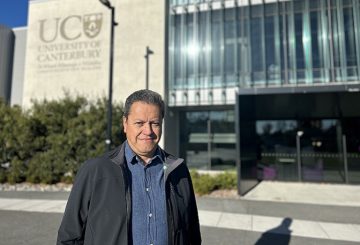以小说《母狮》、《森林》和《我妻子小说》而闻名的著名作家艾米丽·珀金斯最近发表演讲,强调了 “激进的狂野和想象力” 的重要性。这是由艺术基金会 Te Tumu Toi 和 Creative New Zealand 共同组织的名为 “All in for Arts” 的全国性系列活动的一部分。
Perkins 分享了她从孩提时代的狂热读者到成为获奖作家的旅程。她表达了对书的热爱,她说这激发了她的想象力,帮助她理解了自己的感受。Perkins 认为,书籍不仅能让读者感到安慰和逃脱,还能让读者接触悲伤、失落和生存等严酷现实。
她将自己的高中(优先考虑艺术)和免费的高等教育归功于她作为艺术家的成功。珀金斯还承认了机会、教育和经济支持对于建立艺术事业的重要性。
Perkins 谈到了当前的全球挑战,例如战争、种族灭绝和气候灾难,并强调需要激进的想象力来应对这些困难时期。她认为,艺术和创造力对于充实的生活至关重要,应该成为每个人生活中不可或缺的一部分。
她还强调了艺术家尽管有才华和奉献精神,但他们仍在努力谋生。珀金斯呼吁新西兰创意基金会和艺术基金会等组织提供更多支持,并倡导全民基本收入,以确保平等获得艺术的机会。
珀金斯还分享了她在名为《孤独》的真人生存节目中的观察结果,她指出,最成功的参赛者通常是最具创造力的参赛者。她在发言结束时强调了面对当今世界的挑战迫切需要创造力。
“All in for Arts” 系列活动由艺术基金会和新西兰创意协会共同举办。




























































